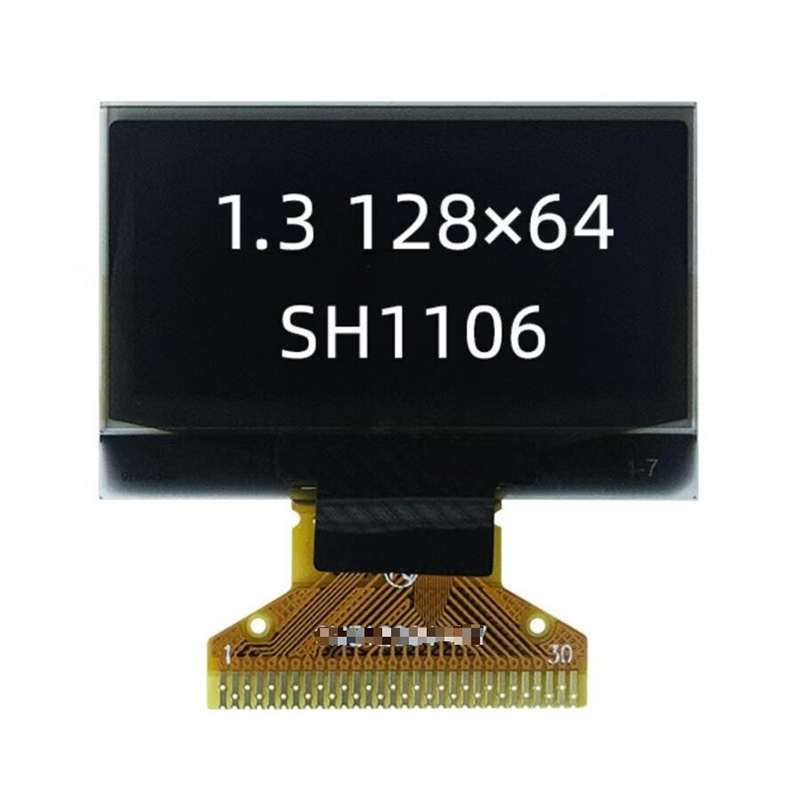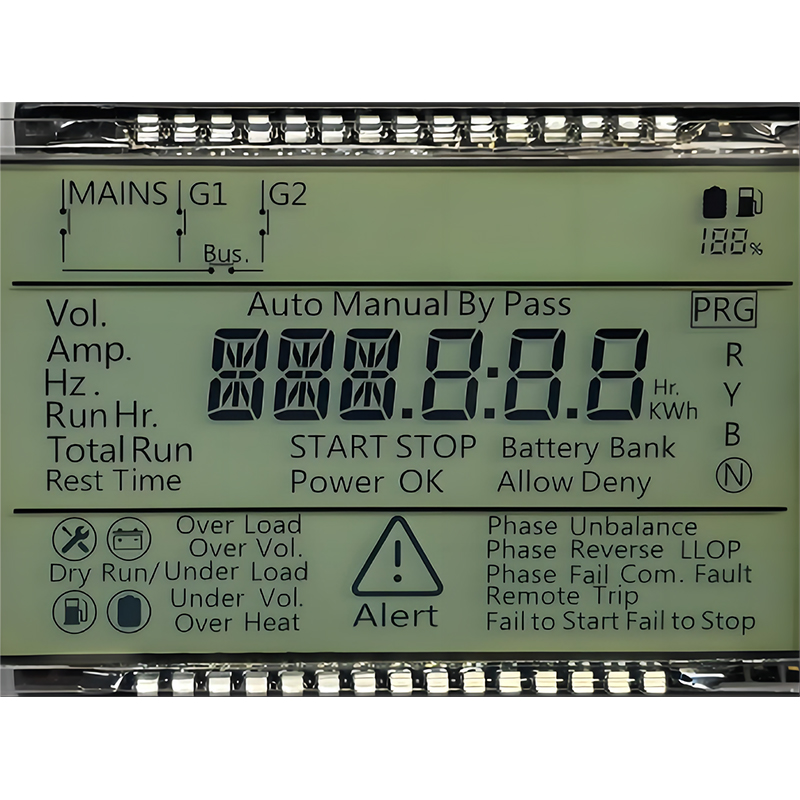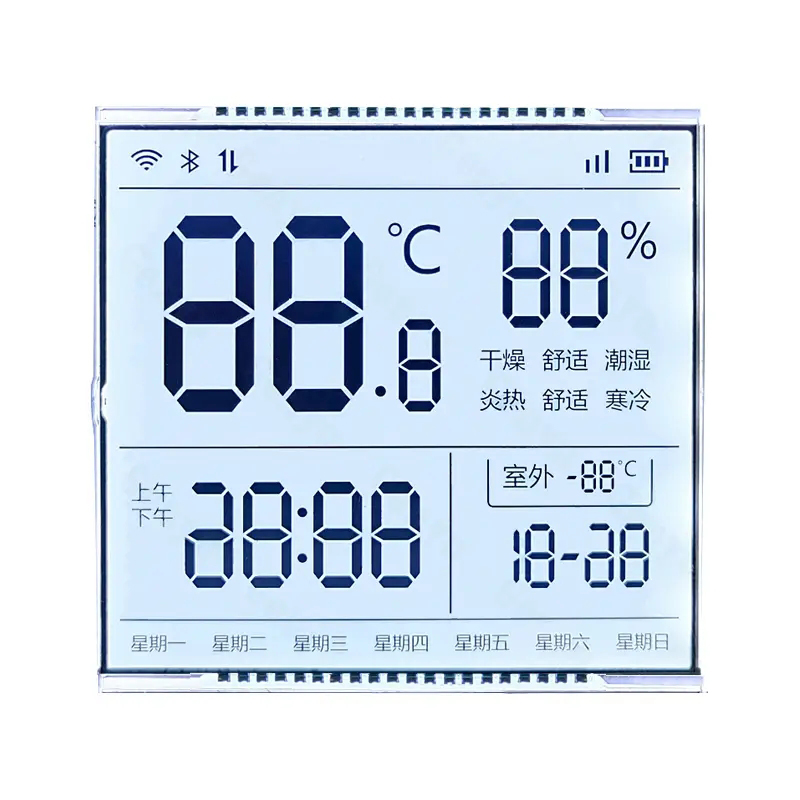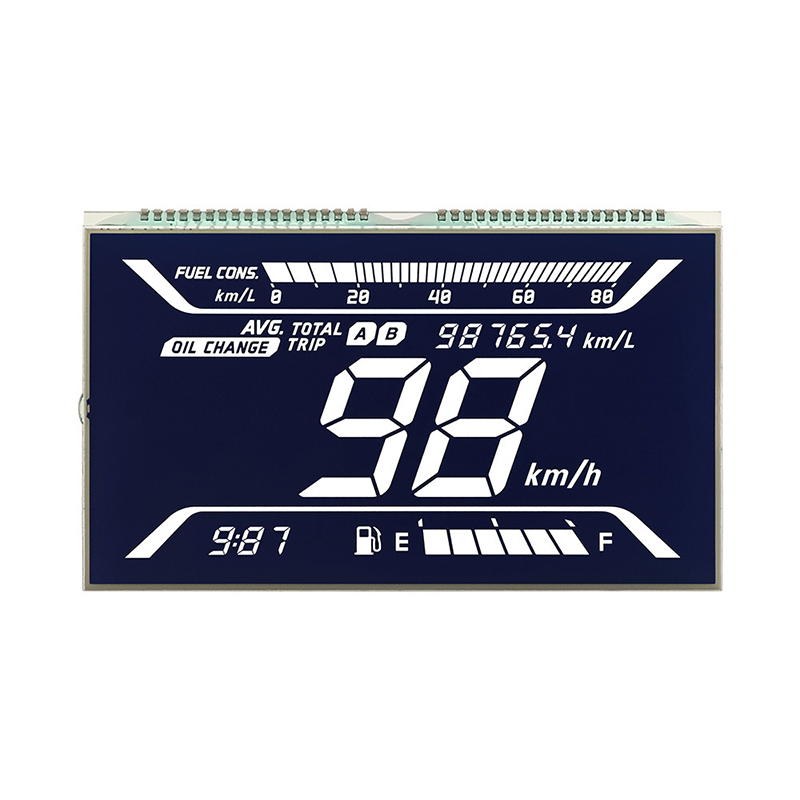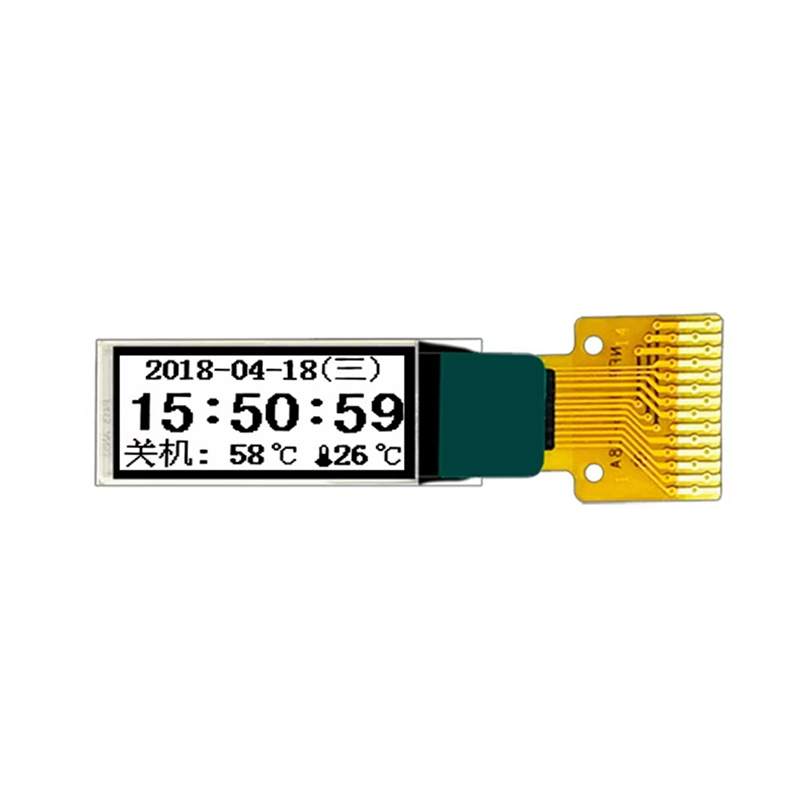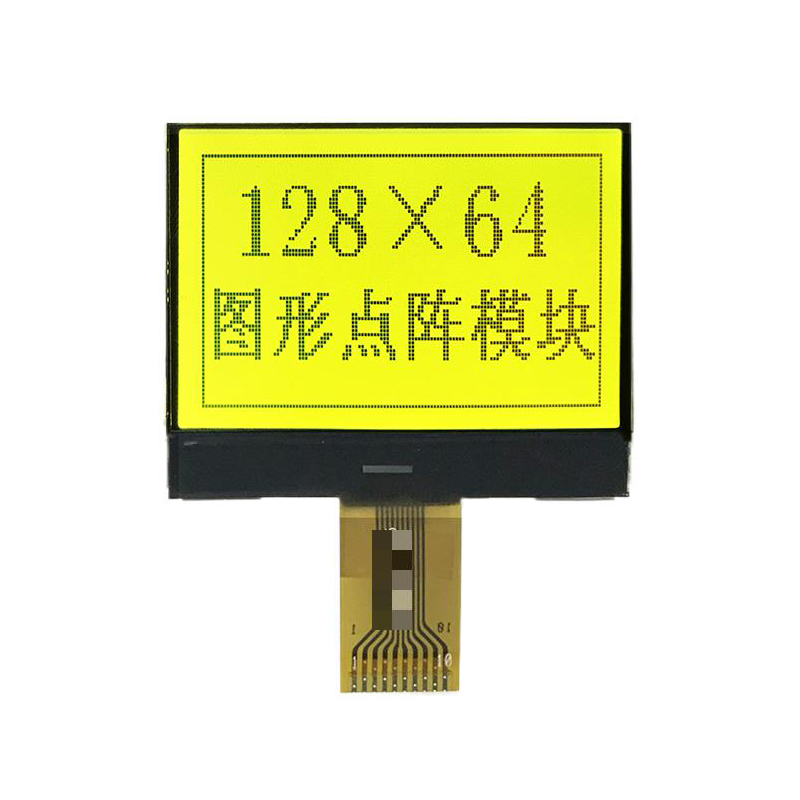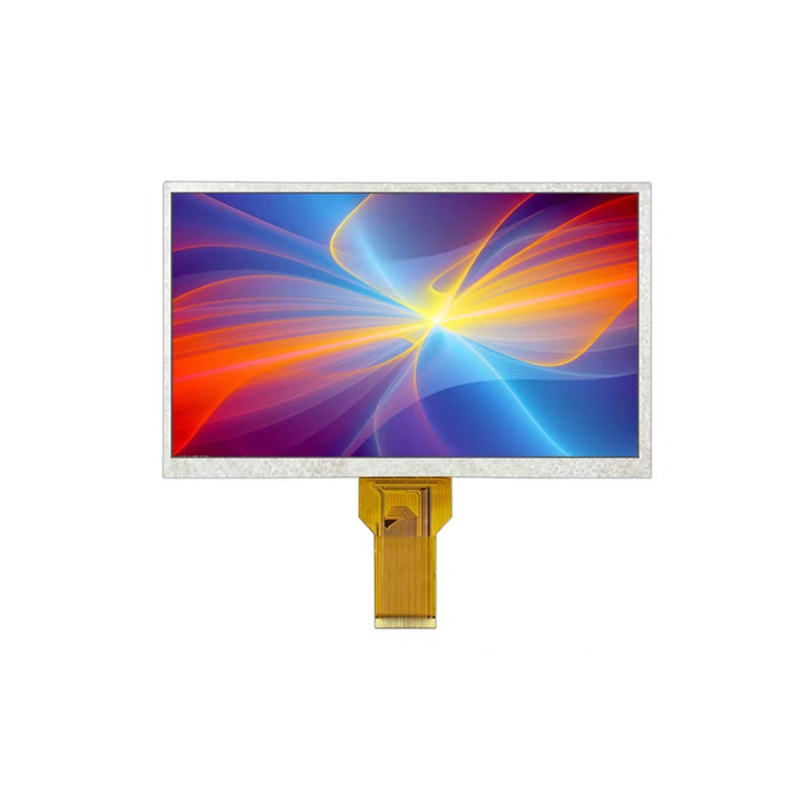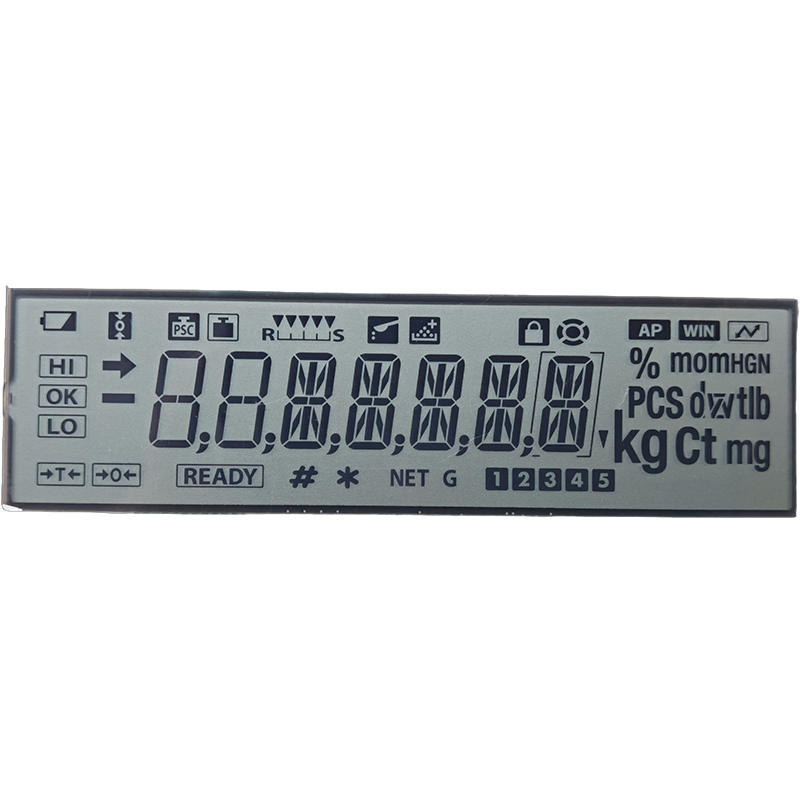TFT Display Controller: A Comprehensive GuideThis guide provides a deep dive into TFT display controllers, exploring their functionalities, selection criteria, and applications across various industries. We'll cover everything from fundamental concepts to advanced considerations, helping you choose the right controller for your specific needs.
Understanding TFT Display Controllers
A
TFT display controller is the brain behind a TFT (Thin-Film Transistor) LCD screen. It's responsible for receiving, processing, and displaying image data, ensuring that the pixels on the screen illuminate correctly to create the images we see. Without a controller, the display remains blank. The controller acts as an intermediary between the source device (e.g., a microcontroller, computer, or embedded system) and the TFT LCD panel. It handles various tasks, including timing control, data processing, and interface management.
Key Functions of a TFT Display Controller
Timing Control: The controller precisely manages the timing signals required for the display panel's operation. This includes controlling the timing of data transfer, pixel clock, and other crucial signals. Data Processing: It processes the image data from the source device, converting it into a format suitable for the TFT LCD panel. This often involves color conversion, scaling, and other image manipulations. Interface Management: The controller acts as an interface between the source device and the LCD panel, managing communication protocols such as SPI, Parallel, and LVDS. Power Management: Many controllers incorporate power management features to optimize power consumption.
Types of TFT Display Controllers
TFT display controllers come in a wide variety of configurations, each suited to different applications and requirements. They can be broadly categorized based on several factors, including the interface type, resolution support, and integration level.
Categorization Based on Interface
Parallel Interface: This traditional interface offers high bandwidth but requires a large number of connections. Serial Interface (SPI, I2C): Serial interfaces are more efficient in terms of wiring but might have lower bandwidth compared to parallel interfaces. They are commonly used in applications where space and cost are critical factors. LVDS (Low-Voltage Differential Signaling): LVDS offers high-speed data transmission with low power consumption, making it ideal for large and high-resolution displays.
Categorization Based on Resolution and Features
The resolution and features supported by a
TFT display controller can significantly impact the quality and capabilities of the display. Some controllers support high resolutions and advanced features such as touch screen control and video processing capabilities.
Selecting the Right TFT Display Controller
Choosing the appropriate
TFT display controller is crucial for the success of your project. Consider these factors:| Feature | Consideration ||-----------------|-----------------------------------------------------------------------------|| Display Resolution | Match the controller's resolution capabilities to the display panel's resolution. || Interface Type | Choose an interface that's compatible with both the source device and display. || Power Consumption | Optimize power usage based on the application's requirements. || Features | Select controllers with necessary features such as touch screen support or video processing. || Cost | Balance cost with performance and features. |
Applications of TFT Display Controllers
TFT display controllers are widely used across various industries and applications, including: Consumer Electronics: Smartphones, tablets, laptops, and televisions all rely on
TFT display controllers. Industrial Automation: Displays in industrial control panels and HMI (Human-Machine Interface) systems. Automotive: Displays in dashboards, infotainment systems, and navigation systems. Medical Devices: Displays in medical imaging equipment and patient monitoring systems.
Advanced Considerations
For more complex applications, you may need to consider factors like: Color Depth: The number of bits used to represent each color pixel affects the image quality. Gamma Correction: Adjusting the gamma curve to ensure accurate color reproduction. Image Scaling: Efficiently scaling images to different resolutions.For high-quality LCD screens and related components, consider exploring the offerings from
Dalian Eastern Display Co., Ltd. They provide a wide range of solutions for various applications. Their expertise in this area can be a valuable resource when designing your next project.(Note: All product and company mentions are for illustrative purposes and do not constitute an endorsement.)


